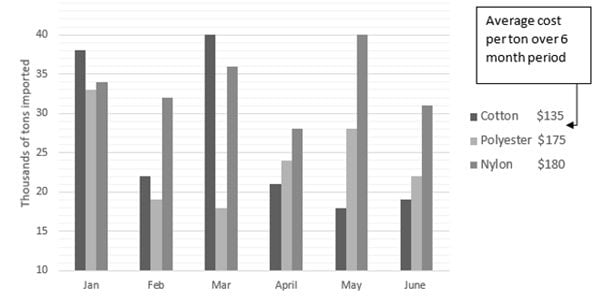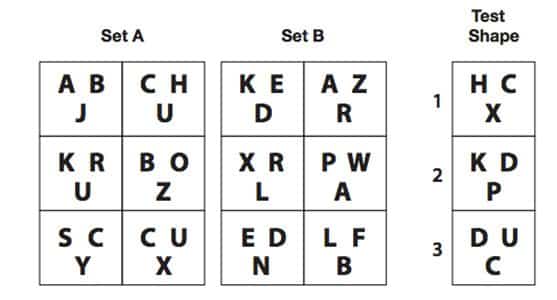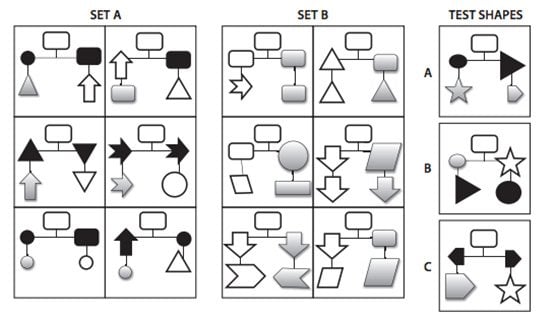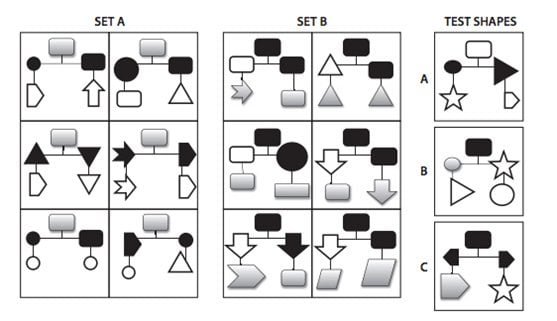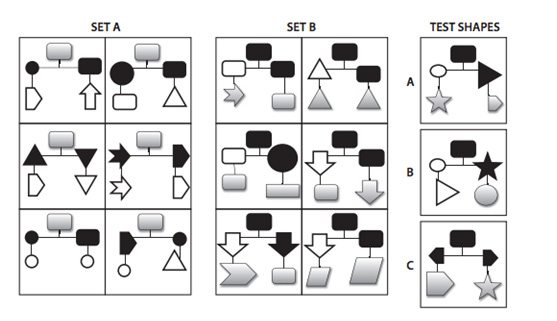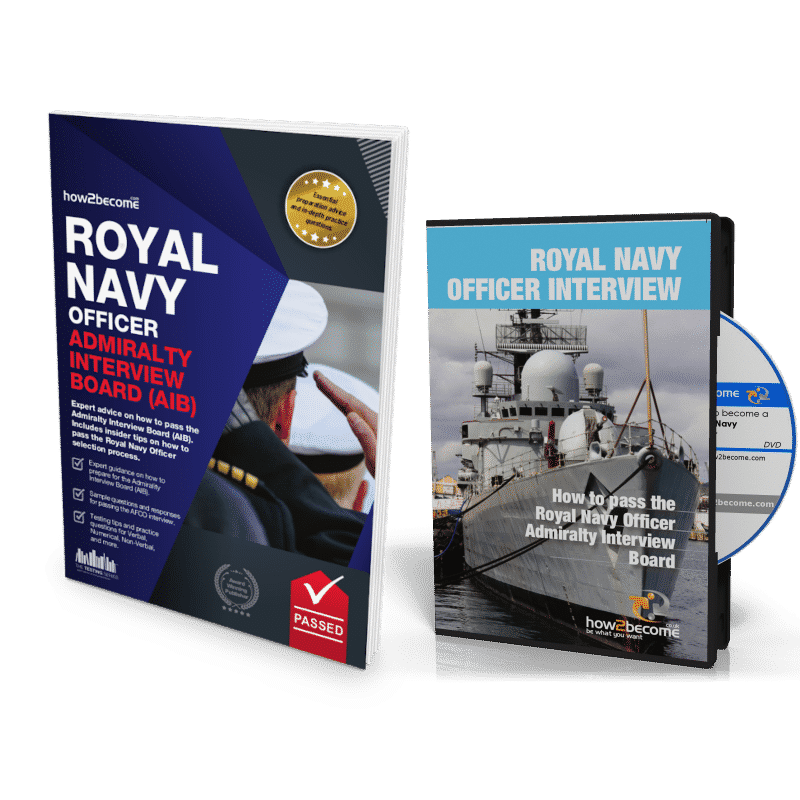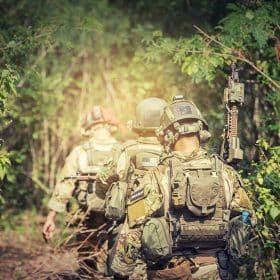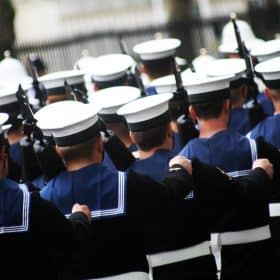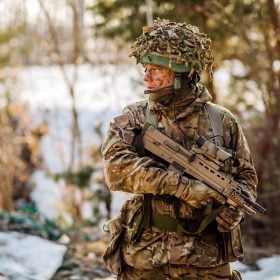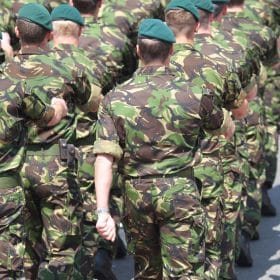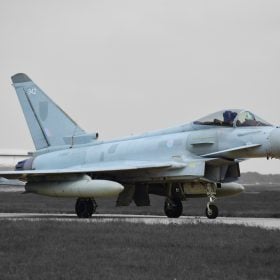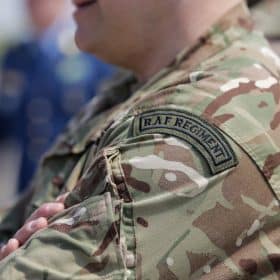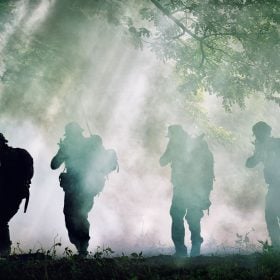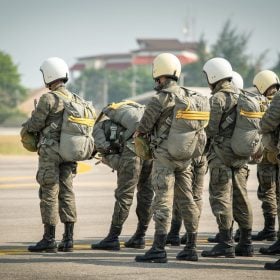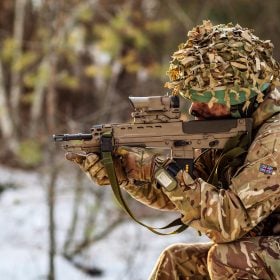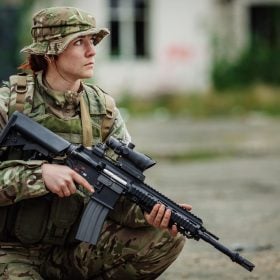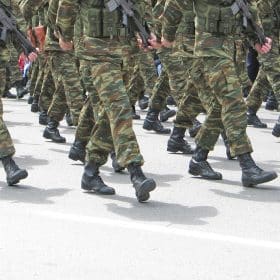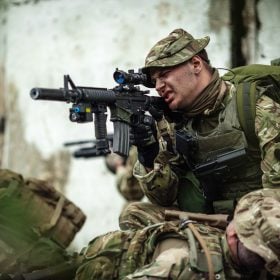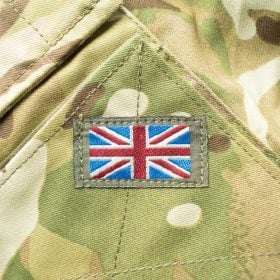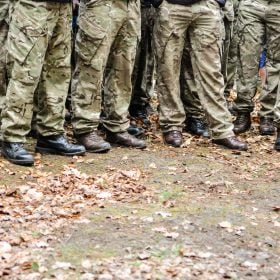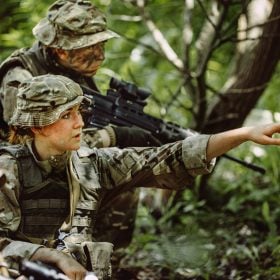In your AIB Numerical Reasoning assessment, you will be given 36 questions in which you will need to complete in 15 minutes.
The purpose of the Numerical Reasoning assessment is to assess candidates’ ability to solve mathematical problems.
For each question, you will be given five answer options, of which you will have to pick the correct one.
The questions will be styled in the format as follows:
- You will be given information based on numerical data.
- Using this data, you must answer the questions that relates to that information.
Calculators are NOT permitted.
EXAMPLE AIB NUMERICAL REASONING QUESTIONS
Study the following chart and answer the four questions that follow.
| Country |
Jan |
Feb |
Mar |
April |
May |
June |
Total |
| UK |
21 |
28 |
15 |
35 |
31 |
20 |
150 |
| Germany |
45 |
48 |
52 |
36 |
41 |
40 |
262 |
| France |
32 |
36 |
33 |
28 |
20 |
31 |
180 |
| Brazil |
42 |
41 |
37 |
32 |
35 |
28 |
215 |
| Spain |
22 |
26 |
17 |
30 |
24 |
22 |
141 |
| Italy |
33 |
35 |
38 |
28 |
29 |
38 |
201 |
| Total |
195 |
214 |
192 |
189 |
180 |
179 |
1149 |
Question 1
What percentage of the overall total was sold in April?
| A |
B |
C |
D |
E |
| 17.8% |
17.2% |
18.9% |
16.4% |
21.6% |
Answer =D = 16.4
EXPLANATION = to work out the percentage overall total that was sold in April, divide how many bikes were sold in April (189) by the total (1149) and then multiply it by 100. (189 ÷ 1149 x 100 = 16.4).
Question 2 What percentage of the overall total sales were bikes’ sold to the French importer?
| A |
B |
C |
D |
E |
| 15.7% |
18.2% |
18.9% |
25.6% |
24.5% |
Answer = A = 15.7%
EXPLANATION = to work out the overall percentage total that was sold to France, divide how many bikes were sold to France (180) by the total (1149) and then multiply it by 100. (180 ÷ 1149 x 100 = 15.66). Rounded up to 1 decimal place = 15.7.
Question 3
What is the average number of units per month imported to Brazil over the first 4 months of the year?
Answer = D = 38
EXPLANATION = to work out the average number of units per month imported to Brazil over the first 4 months of the year, you add up the first 4 amounts (Jan-April) and then divide it by how many numbers there are (4). So, (42 + 41 + 37 + 32 = 152 ÷ 4 = 38).
Question 4
What month saw the biggest increase in total sales from the previous month?
| A |
B |
C |
D |
E |
| January |
February |
March |
April |
May |
Answer = B = February
EXPLANATION = to work out the biggest increase in total sales from the previous month, you work out the difference between the totals for each of the month and work out which has the biggest increase. Between January and February, there was an increase by 19. None of the other months have a bigger increase and therefore February is the correct answer.
PRACTICE AIB NUMERICAL REASONING QUESTIONS
The above table shows imports for three types of properties over a 6 month period.
Question 1
What is the difference between the number of properties sold in February and the number of properties sold in May?
| A |
B |
C |
D |
E |
| 950 |
250 |
1,500 |
2,500 |
1,795 |
Question 2
Which month showed the largest total increase in the number of properties sold over the 6 month period?
| A |
B |
C |
D |
E |
| May |
March |
February |
January |
June |
Question 3
What is the range for houses sold (thousands) across the 6 month period?
Question 4
What was the approximate ratio of flat to house sales in the first 3 months of the year?
| A |
B |
C |
D |
E |
| 9:3 |
13:11 |
12:3 |
17:8 |
15:6 |
Study the following chart and answer the four questions that follow.
Question 5
What is the mean value for nylon imported over the 6 month period?
| A |
B |
C |
D |
E |
| 42.5 |
18.5 |
33.5 |
49.5 |
37.5 |
Question 6
What is the range for polyester imports across the 6 month period?
Question 7
What was the difference in thousands of tons between cotton material and nylon material imports in the first 3 months of the year?
Question 8
What was the approximate ratio of polyester and nylon material imports in the first 4 months of the year?
| A |
B |
C |
D |
E |
| 94:120 |
94:130 |
92:110 |
95:100 |
94:90 |
ANSWERS TO NUMERICAL REASONING
Q1. D
EXPLANATION: Number of properties sold in February = 12,000. Number of properties sold in May = 9,500. So, the difference = 12,000 – 9,500 = 2,500.
Q2. C
EXPLANATION: the highest increase was between January and February. January’s total = 6,500, February’s total = 12,000. The difference is 5,500, no other months have a higher increased number.
Q3. B
EXPLANATION: to work out the range, find the smallest and highest number of houses. (2) and (5) So, 5 – 2 = 3 (thousands) .
Q4. B
EXPLANATION: 13,000:11,000. Divide both numbers by 1000 to give you 13:11.
Q5.C = 33.5
EXPLANATION = nylon material = 34 + 32 + 36 + 28 + 40 + 31 = 201 ÷ 6 = 33.5.
Q6. A = 15
EXPLANATION = to work out the range, find the smallest and highest number of polyester imports (18) and (33) So, 33 – 18 = 15 (thousands).
Q7. E = 2
EXPLANATION = to work out the difference, add up the first 3 months for cotton (38 + 22 + 40 = 100). Add up the first 3 months for nylon (34 + 32 + 36 = 102). So, the difference between cotton and nylon = 102 – 100 = 2 (thousands).
Q8. B = 94:130
EXPLANATION = 94,000:130,000. Divide both numbers by 1000 to give you 94:130.

